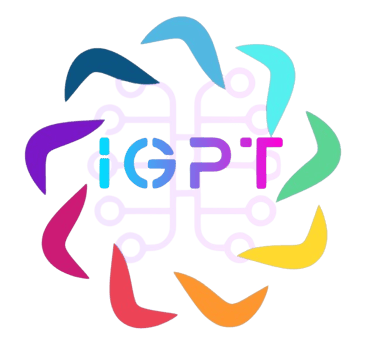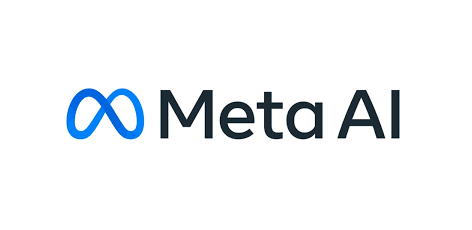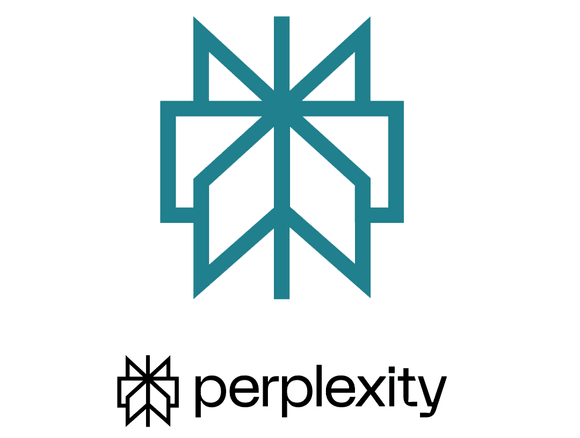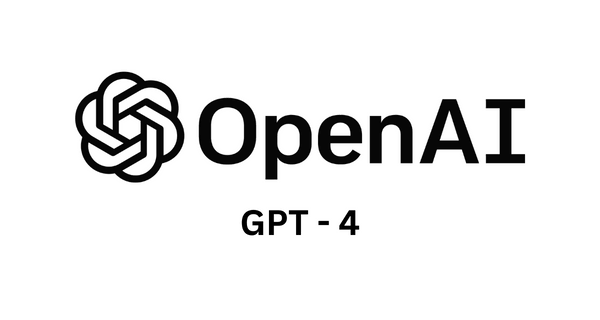Integrated Generative Pre-trained Transformer


IGPT Transformer Architecture
To design the transformer architecture for IGPT (Integrated Generative Pre-trained Transformer for All AI Tools) with a focus on perplexity-based model evaluation, we start by defining the problem scope. IGPT aims to integrate multiple AI tools, requiring a transformer capable of handling diverse input/output modalities like text, images, and structured data. The architecture must support transfer learning across domains while using perplexity as a key evaluation metric for sequence modeling tasks.
The transformer architecture consists of an input representation layer, encoder and decoder blocks, and an output layer. Input tokens, such as text, are represented using embeddings like WordPiece or Byte-Pair Encoding (BPE). Other modalities, such as images or structured data, are preprocessed into a unified token-based format. Positional encodings are added to capture sequence order. The encoder block features multi-head self-attention, feedforward layers, layer normalization, and residual connections to ensure stable gradients. The decoder block includes causal masked multi-head attention for autoregressive generation, cross-attention to link the encoder and decoder for cross-modal tasks, and feedforward layers. The output layer uses softmax activation to output probabilities for each token in the vocabulary.
Perplexity, a key evaluation metric, measures how well the model predicts sequences. It is calculated as , where is the probability of token , and is the total number of tokens. Lower perplexity indicates better performance.
A PyTorch implementation of the transformer includes an embedding layer, a positional encoding layer, encoder layers with multi-head attention and feedforward networks, and a decoder for token probabilities. The training process involves optimizing cross-entropy loss with an Adam optimizer. Perplexity is computed by exponentiating the loss.
The dataset is preprocessed to tokenize sequences for text and convert other modalities into token-compatible formats. During training, the model learns representations, and perplexity is monitored to gauge performance. Evaluation on a validation dataset ensures generalization.
To support multimodal tasks, extensions include patch embeddings for images (similar to Vision Transformer) and tokenized embeddings for numerical or categorical structured data. Scalability can be achieved by leveraging pre-trained models like GPT or Vision Transformer for modality-specific tasks. For efficient training on large datasets, distributed training strategies are recommended.
In conclusion, IGPT's transformer architecture integrates multi-modal data processing with a perplexity-based evaluation framework. It is versatile, scalable, and optimized for multi-task learning, making it suitable for diverse AI applications.





